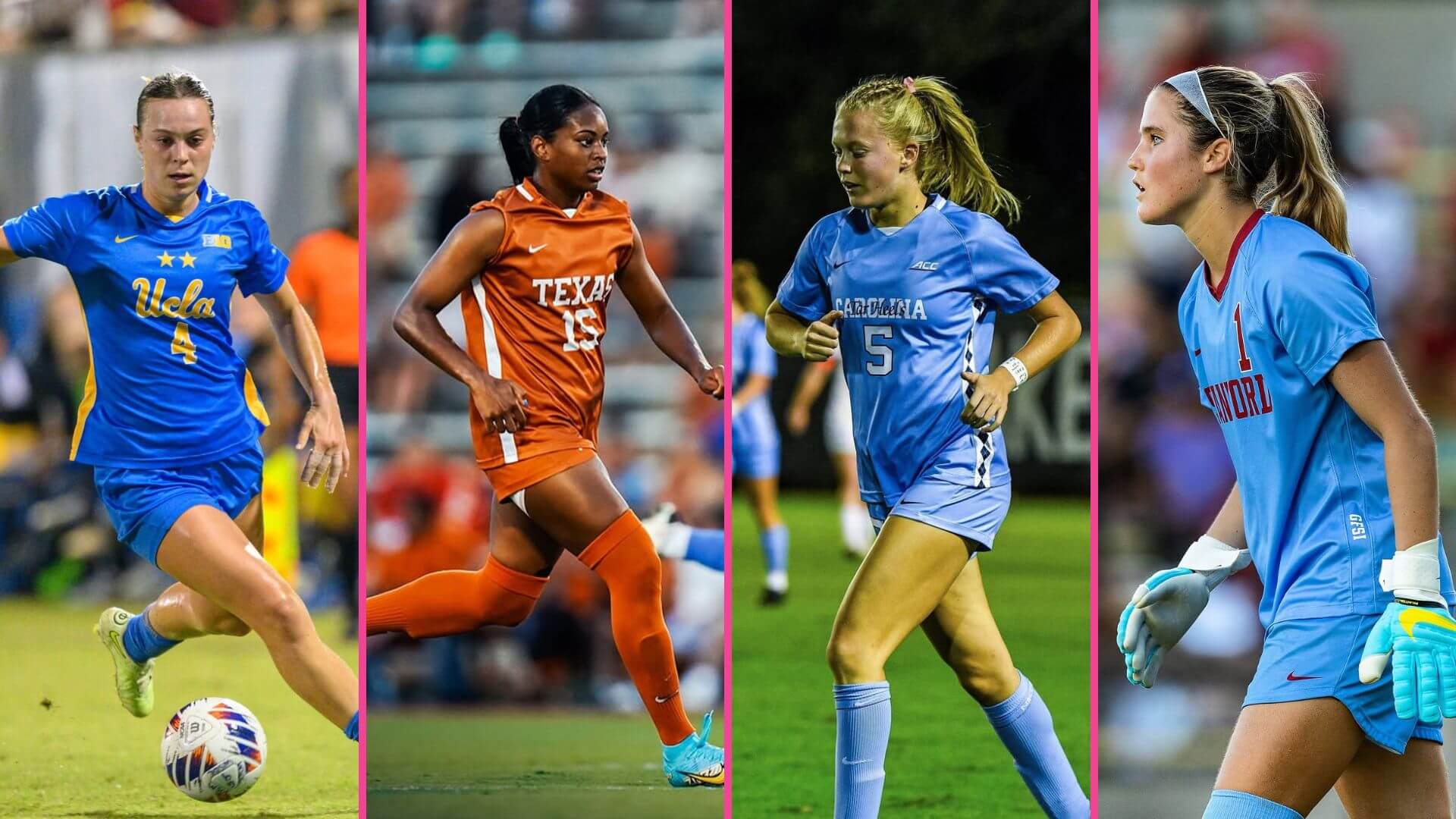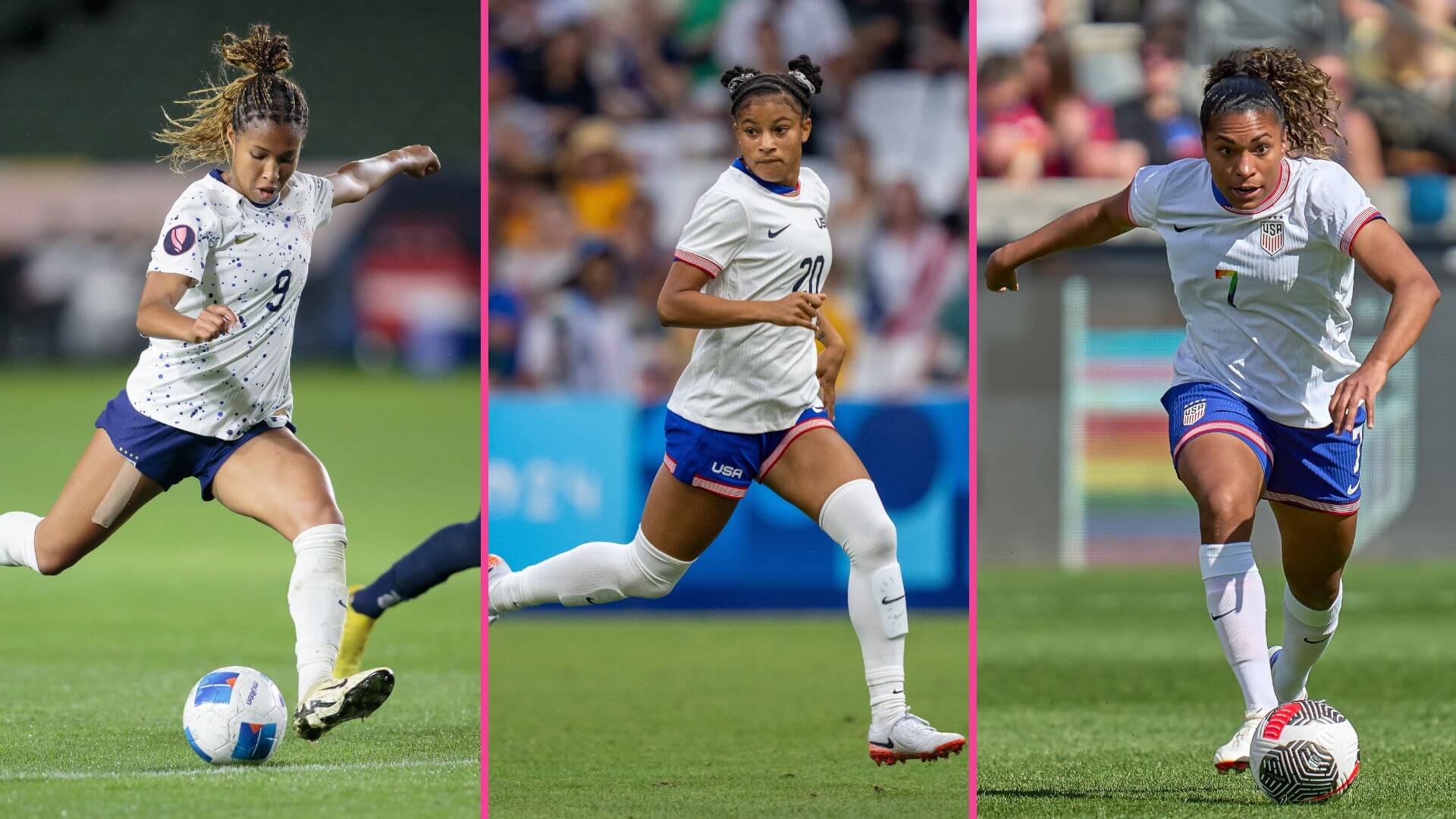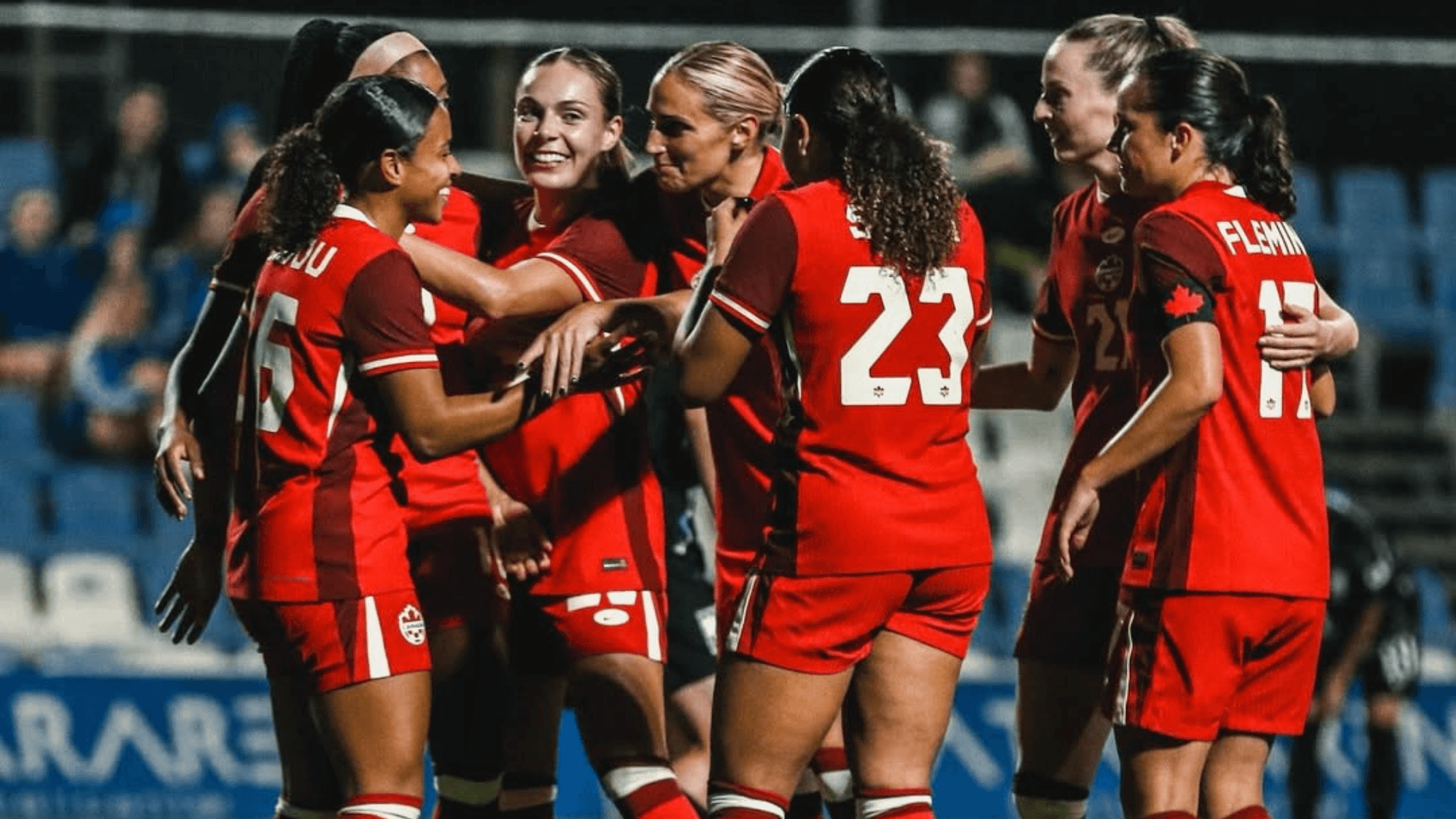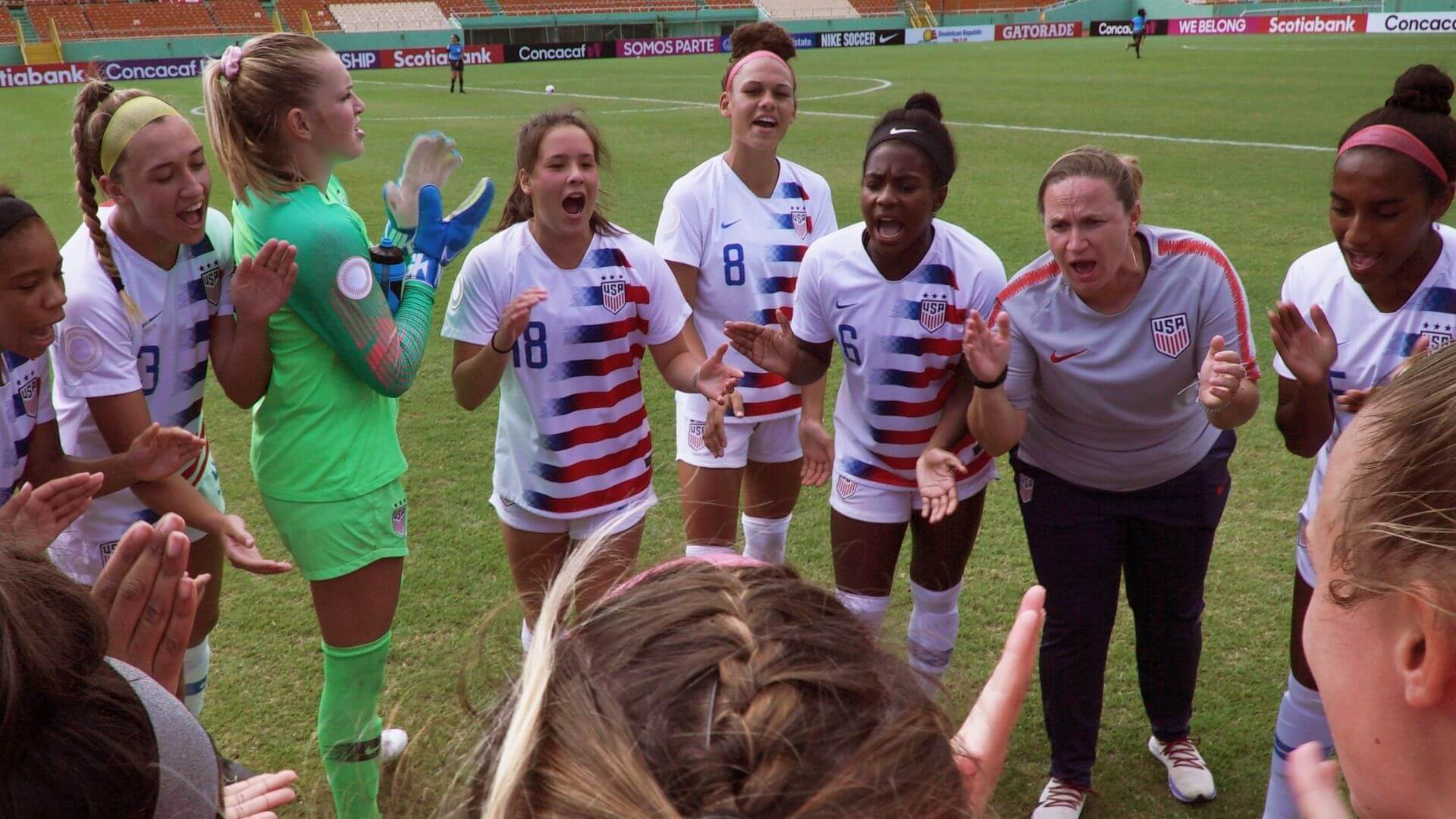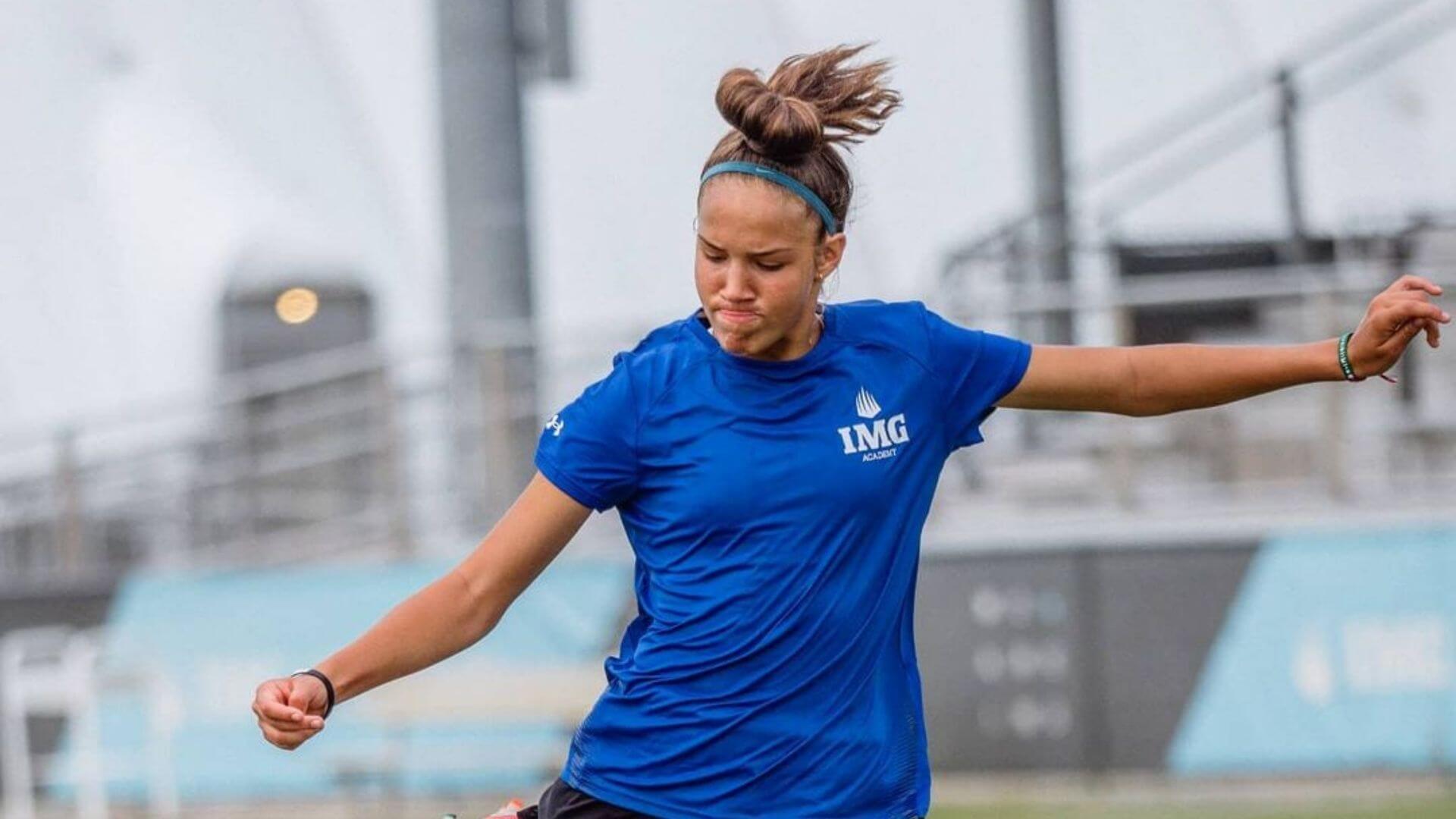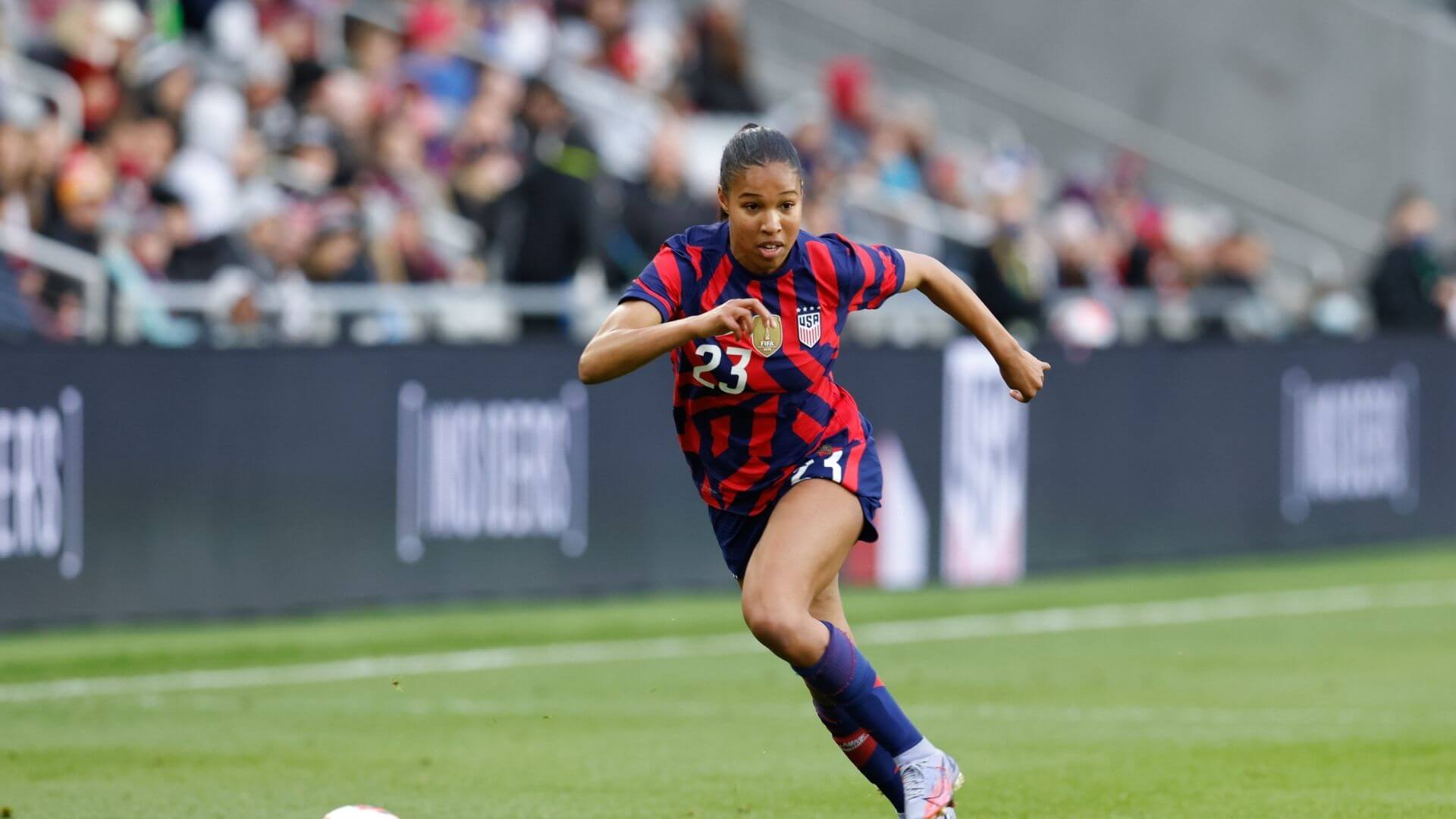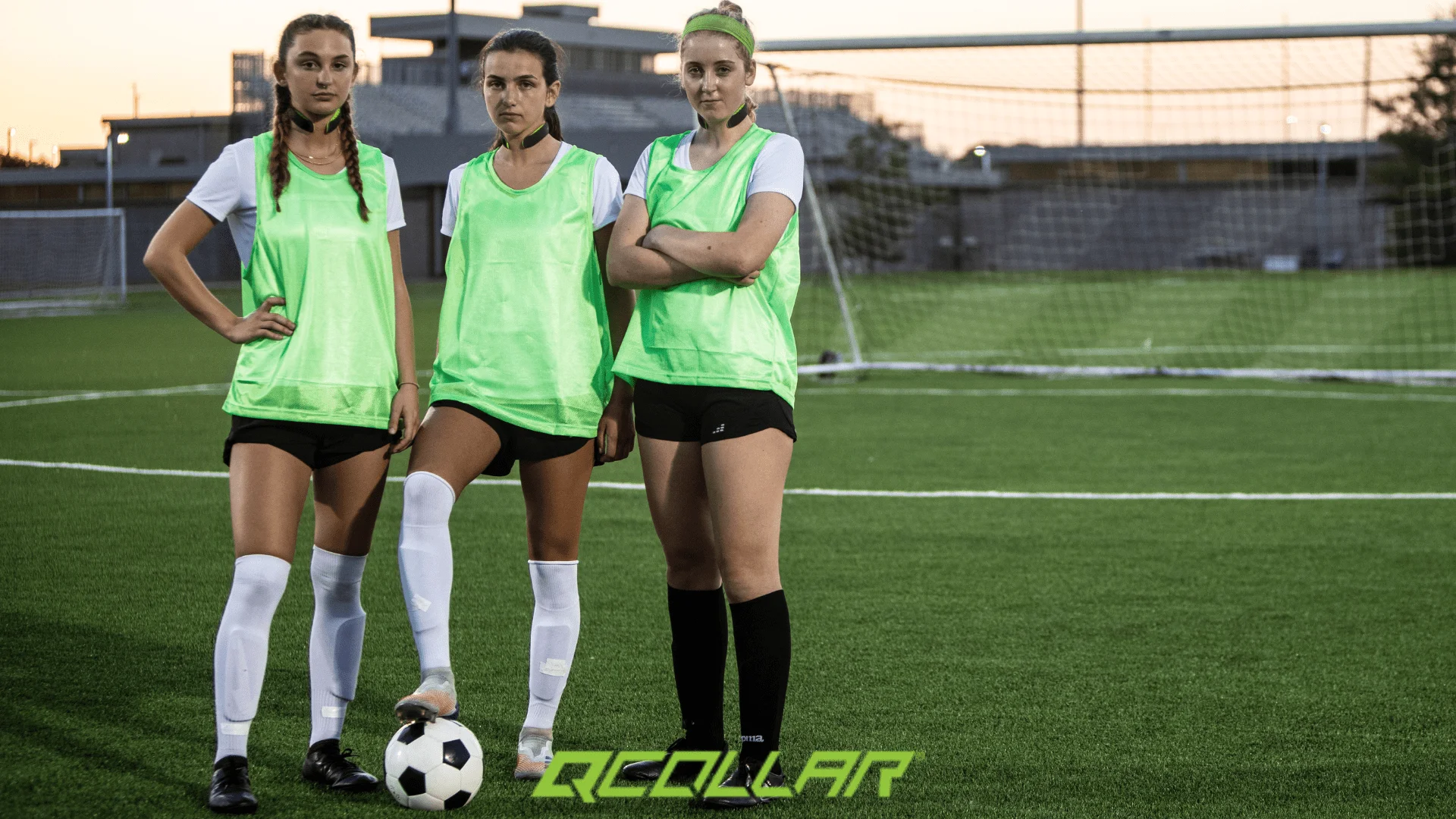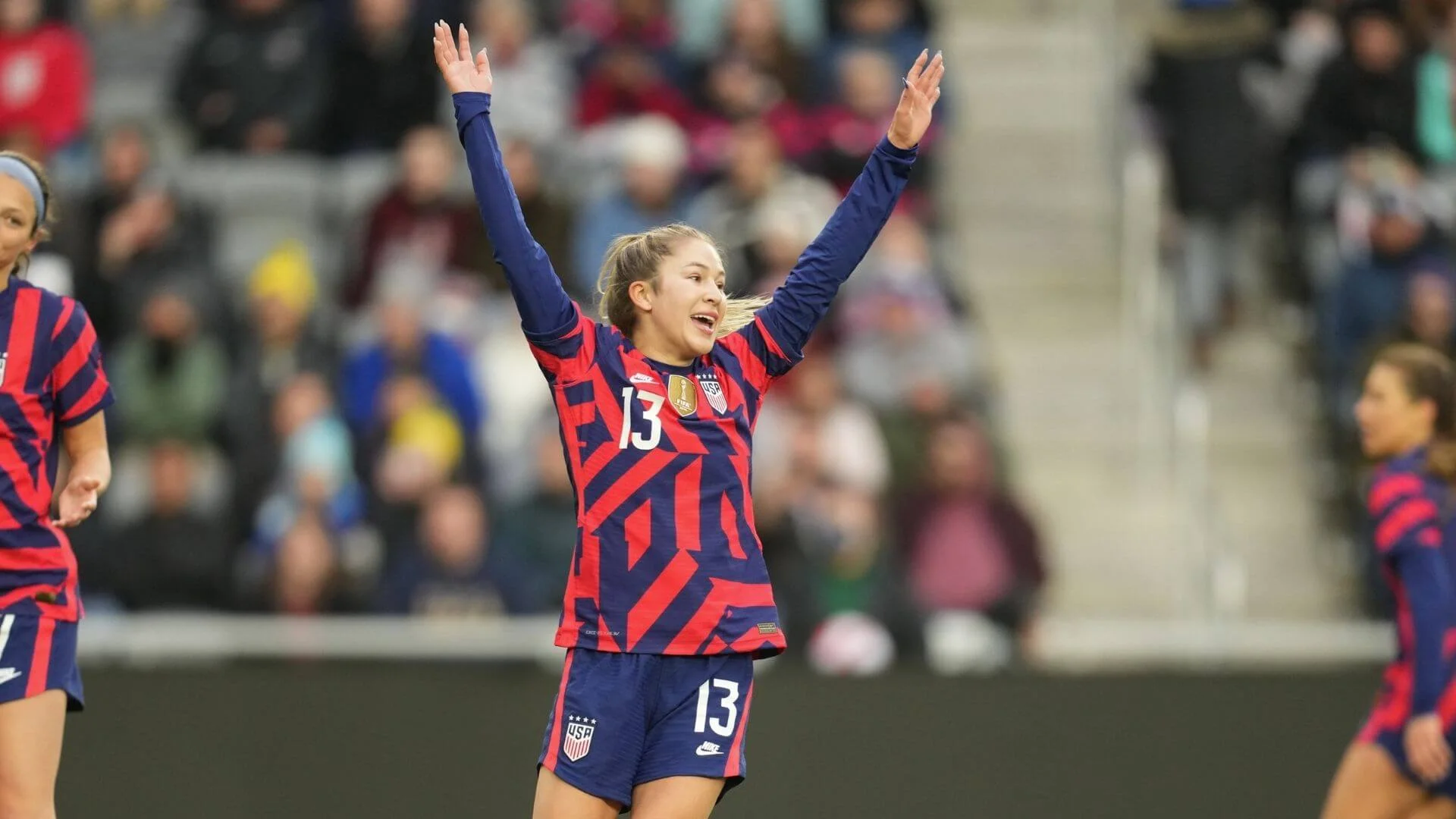What You Need to Know About the USWNT’s Equal Pay Settlement
For several years, the U.S. Women’s National Team (USWNT) and U.S. Soccer Federation (USSF) engaged in a contentious battle over decades of unequal pay and compensation. In an agreement announced on February 22, 2022, the USWNT and its 61 class-action plaintiffs were awarded a $24 million settlement in this equal pay lawsuit.
Finally, the fight is over. Or is it?
USWNT Lawsuit
In 2016, five USWNT players filed a complaint with the Equal Employment Opportunity Commission. Two years after the filing, the EEOC determined the players had the right to sue U.S. Soccer.
On March 8, 2019, members of the USWNT filed a class-action lawsuit Morgan v. U.S. Soccer Federation. The women players, led by Alex Morgan, sued the USSF under the Equal Pay Act and Title VII of the Civil Rights Act of 1964.
The plaintiffs included all members of the USWNT dating back to February 4, 2015. The players sought damages, fees, back pay, and an injunction against the USSF continuing its gender discrimination practices.
The Complaint
The USWNT accused the USSF of treating female players less favorably than their male counterparts regarding pay, training and travel conditions, promotion of games, and staff support.
Specific complaints included:
- The USSF paid the USWNT 62% less than the USMNT for ‘friendlies.’
- The women’s team received less bonus money for the World Cup. The USMNT earned $5,375,000 in “performance bonuses” for the 2014 World Cup after being knocked out in Round 16. In contrast, the USWNT earned $1,725,000 after winning the 2015 World Cup.
- The USSF provided inferior surfaces for the women’s team, such as artificial turf, increasing the potential of injuries.
- The USSF booked commercial flights for women players while the men received charter flights.
- The USWNT was allocated fewer resources for promoting games.
- The USWNT received compensation for winning games against FIFA’s top-ranked teams even though the USSF paid the USMNT despite the opponent or the outcome.
The Settlement
The women players calculated they were entitled to $67 million in back pay yet received only $24 million from the settlement. From the $24 million, $22 million will be distributed to the USWNT players named in the class-action lawsuit. An additional $2 million will go into an account for the USWNT players in their post-career goals and charitable efforts related to girls’ soccer.
In addition, U.S. Soccer committed to an equal pay rate for the women’s and men’s national teams in all friendlies and tournaments, including the World Cup.
Future Implications
USWNT forward Megan Rapinoe has been a leading activist for gender equality, “The [settlement] will completely change the landscape of the women’s game in the country forever. I think our commitment was always to that and always to leave the game in a better place than we found it.”
Rapinoe views the settlement as a significant victory in her career, “To be at this point in the life of my career, and to be able to know the next generation will be in such a better place than we were when we started, is incredible.”
The next step for equality is taking the fight to FIFA. FIFA pays almost ten times more money to the Men’s World Cup winner than to the Women’s World Cup winner. In addition, FIFA fails to invest resources to develop international women’s soccer.
The settlement is a significant step forward for women’s soccer. But still, additional work is needed to close the gender gap in the United States and worldwide.
Featured image via Getty Images
_
GIRLS SOCCER NETWORK: YOUR SOURCE FOR GIRLS SOCCER NEWS





